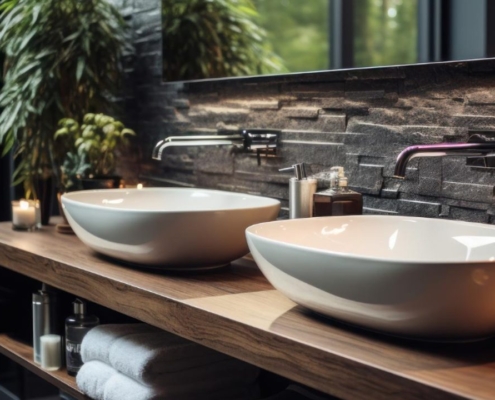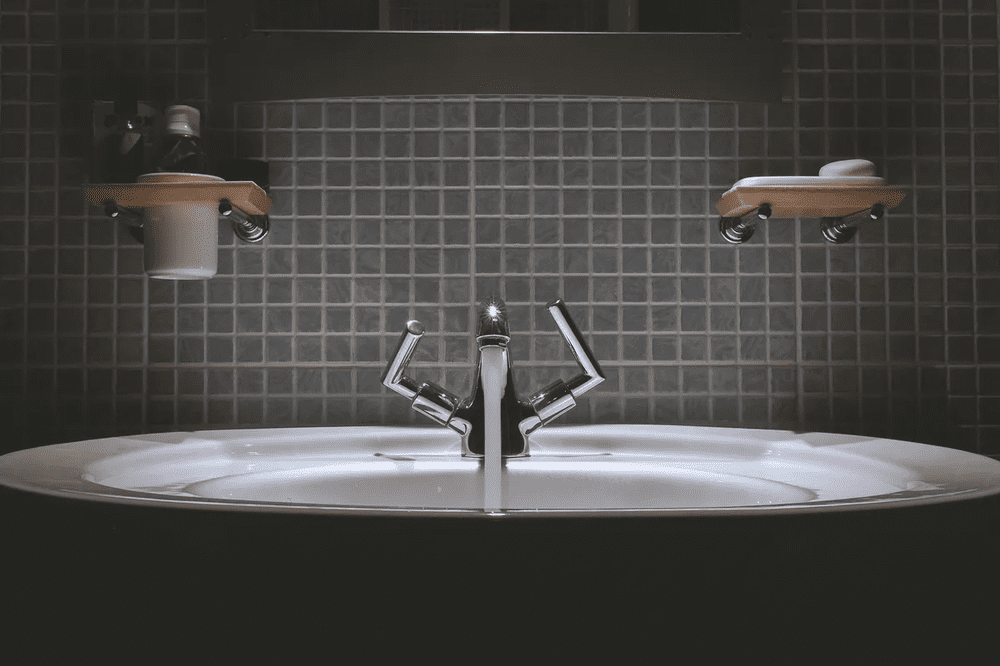Efficient Bathroom Faucets
Are you looking to upgrade to a more environmentally friendly bathroom? 
The average family of four uses more than 300 gallons of water a day. By installing a water-efficient faucet, that same household can save 20% on their water usage. That equates to an annual savings of $200.
If you are ready to do your part in negating the looming threat of climate change, this complete guide to water-efficient bathroom faucets will help you decide which faucet is right for you.
Based on the standards set by world conservation groups, a water-efficient faucet delivers a maximum flow rate of 1.5 gallons per minute (GPM).
You should install one of the top three water-efficient faucets for better water conservation. These include a touchless model, a metering faucet, or one with a low-flow aerator.
There are several benefits to installing a water-efficient faucet. Conservation, cost savings, and increased property value are just a few.
According to the Environmental Protection Agency (EPA), the standard flow rate of a faucet is 2.2 GPM. A faucet that delivers 30% less than the standard flow rate falls into the category of being water efficient. These faucets have a flow rate of 1.5 GPM and can bear the WaterSense label given by the EPA. If everyone in the United States were to switch to a WaterSense faucet, it would save billions of gallons of water each year.
To upgrade your bathroom faucets to one that conserves water, you should consider installing one of the three listed below. Not only will they save on water usage, but they also have additional benefits this guide will outline a little later.
1. Touchless Faucets
With sensors you can use to turn the water off and on, touchless faucets allow you to use only the amount of water you need. All you must do is wave your hand over the sensor.
It makes it easier to turn the water off while lathering up your hands to help conserve water. That way, you don’t have to touch the handle with soapy hands, and you can do your part to conserve water by using less of this precious resource while using the sink.
These touchless faucets also have metering technology that allows you to control how much water a person uses each time they turn on the water. Let’s talk a little more about metering faucets.
2. Metering Faucets
The controls on a metering faucet allow you to set a predetermined amount of water to flow through the spout whenever you activate the sink. You’ve probably seen these faucets in public bathrooms.
Whether you are installing one in a commercial building or your own bathroom, they can reduce water usage by more than 30% a year per faucet. The amount of savings is up to you, as you can control the flow rate from 0.5 to 2.2 GPM.
3. Faucets with Low-Flow Aerators
Also known as a tap aerator, you install these essential plumbing accessories at the mouth of the faucet. They work to reduce the amount of water that flows from the faucet.
Low-flow aerators do not mean you have to sacrifice water pressure. There are varying configurations that offer various stream options.
When you install a low-flow aerator in your bathroom faucet, you slow the rate of the water to 1.5 GPM no matter the type of faucet you have in your bathroom. Pair that with a water-efficient bathroom faucet, and your savings continue to increase.


